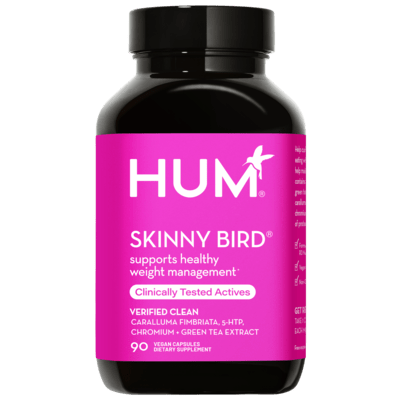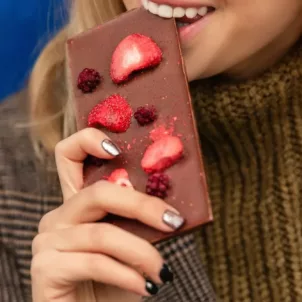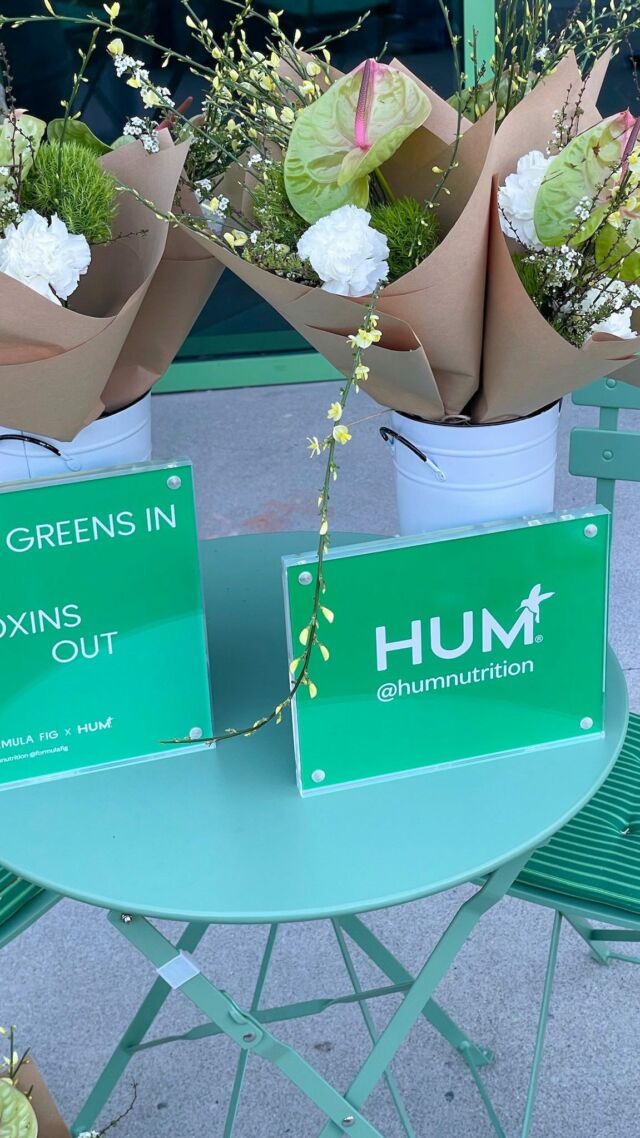THE WELLNEST • Food • Healthy Eating
An RD Explains How Blood Sugar Affects Food Cravings
By Gaby Vaca-Flores, RDN, CLE •
July 10, 2020
Gaby Vaca-Flores, RDN, CLE, explains what you should know about blood sugar imbalance, associated symptoms, and how blood sugar affects food cravings. Plus: how to reduce food cravings once and for all.
Contrary to popular belief, food cravings have less to do with willpower than blood sugar levels. To reduce food cravings, we recommend working towards a healthy blood sugar balance. But why?
Simply put, everyday foods impact our blood sugar levels. A good or bad blood sugar balance can be the difference between saying no to an unhealthy treat versus having extra servings.



What is blood sugar?
Blood sugar, commonly known as glucose, is the primary sugar found in the bloodstream. Carbohydrates (or sugar) are broken down into glucose after we eat them, creating the body’s main source of energy.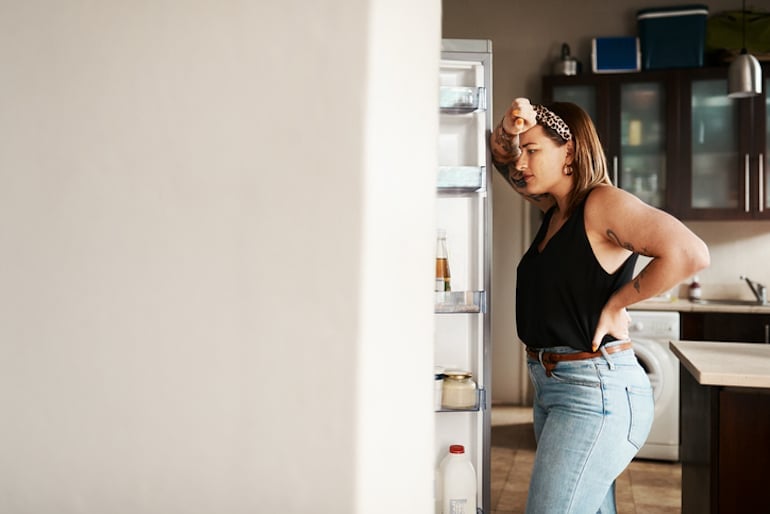
How blood sugar balance works
Like most good things, there’s a typically a system of checks and balances to help keep things running smoothly. The body uses two hormones, insulin and glucagon, as ‘checks’ in effort to promote homeostasis, a fancy word for balance. During a fast, a body in homeostasis will circulate about four grams of glucose. When our body detects a spike in blood sugar, it signals to the pancreas to release insulin to regulate the amount of glucose in the bloodstream. Insulin’s main role is to ensure that glucose doesn’t linger in the bloodstream for too long. It makes sure that glucose makes its way into tissue cells, where it can be utilized for energy. Then, the body decides if glucose will be used for energy now or stored in the muscles or liver for later use. When glucose levels become depleted, the body responds by telling the pancreas to release glucagon. Glucagon stops cells from storing more blood sugar to help the body return to a state of homeostasis. It’s clear that the body is constantly working to create a healthy blood sugar balance. Nevertheless, it’s still possible to have high or low blood sugar.Understanding Blood sugar IMBALANCE
High Blood Sugar
Excess glucose in the bloodstream defines high blood sugar. In this case, there’s too much glucose to utilize for immediate energy or storage. At this point, the cells have also stopped responding to insulin cues and there’s more glucose circulating in the bloodstream, creating insulin resistance. Over time, insulin resistance can lead to more serious medical conditions. In this case, it’s essential to modify your food intake to promote blood sugar balance and/or work with a healthcare professional.Low Blood Sugar
Conversely, low blood sugar occurs when there isn’t enough glucose circulating in the blood. It typically occurs as a result of skipping meals or going too long without eating. Exercise can also cause drops in blood sugar levels without proper post-workout nutrition. Similarly with high blood sugar, low glucose levels can be dangerous, particularly for those with underlying health conditions.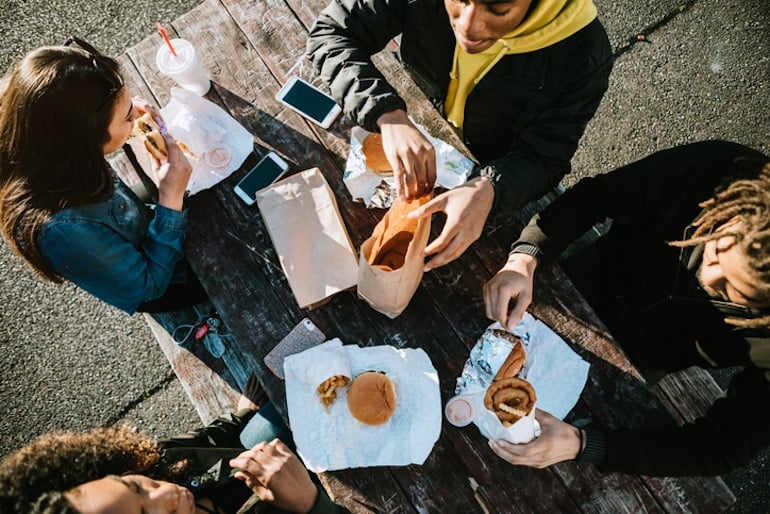
Symptoms of Blood Sugar Imbalance
Insulin and glucagon aren’t the only drivers behind regulating blood sugar levels. Your body will send warnings that your blood sugar is low in an effort to return to a balanced state. Symptoms of low blood sugar include:- food cravings (specifically high-carb and sugary foods)
- fatigue
- irritability
- pale skin
- headaches or lightheadedness
- brain fog
- shakiness or tingling of the lips, tongue, or cheeks
- weight changes
how blood sugar affects food cravings
Because blood sugar is the body’s main source of energy, it essentially calls the shots for many of our daily processes. These include mood fluctuations, our ability to fall asleep, how we respond to stress, changes in weight, and food cravings. Low blood sugar is the ultimate culprit behind food cravings. Skipping meals or going too long between meals can cause glucose levels to plummet. When blood sugar drops, it’s a sign that we’re well past being hangry. As a result, we’re more likely to overeat and crave large quantities of carb-rich, calorie-dense foods. Eating more than you planned to can lead to feeling guilty, which may consequently result in skipping more meals and restricting calories. Over time, this detrimental cycle can develop into an unhealthy relationship with food, in which hunger and fullness cues are diluted by intense cravings and guilt.
How to Reduce food cravings
Now that you understand how blood sugar affects food cravings, it’s time to get proactive. In sum, the best way to reduce food cravings is to limit extreme blood sugar fluctuations. To support a healthy blood sugar balance, adopt these effortless tips:Eat Regularly + Wisely
Eat small, frequent meals or two to three large meals daily with high-protein snacks in between. Portion each meal and ensure that there’s a balance of veggies, low-glycemic fruits, whole grains, high-fiber foods, and lean protein.Cut Out Simple Carbohydrates
In addition, leave simple carbohydrates like white bread, chips, and candy out of your daily diet. Simple carbs cause short-lived spikes in blood sugar levels and energy crashes. They also promote hunger since they break down much more quickly than their complex carbohydrate counterparts.Refuel After Workouts
Fuel immediately after strength-training workouts with a high-protein meal or shake. While daily exercise can help support healthy blood sugar levels, it also puts extra demand on your muscles. To recover from strength-training, muscles need extra fuel (i.e., more glucose). Prevent post-workout cravings by having a protein-rich snack or meal ready to go.Manage Stress
Stress is another underlying cause for overeating and blood sugar imbalances. Stress can come in all shapes and sizes. In fact, the Centers for Disease Control says that blood sugar levels respond to all forms of stress, extending to sunburn pain, caffeine-induced jitters, and even certain times of day. Get ahead of it by practicing your favorite de-stressing methods on a daily basis.More like this
